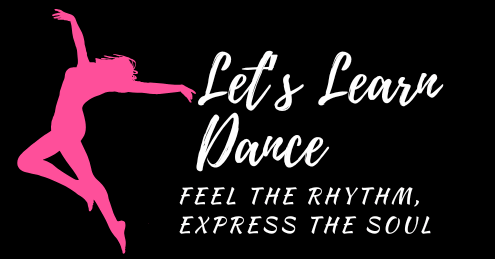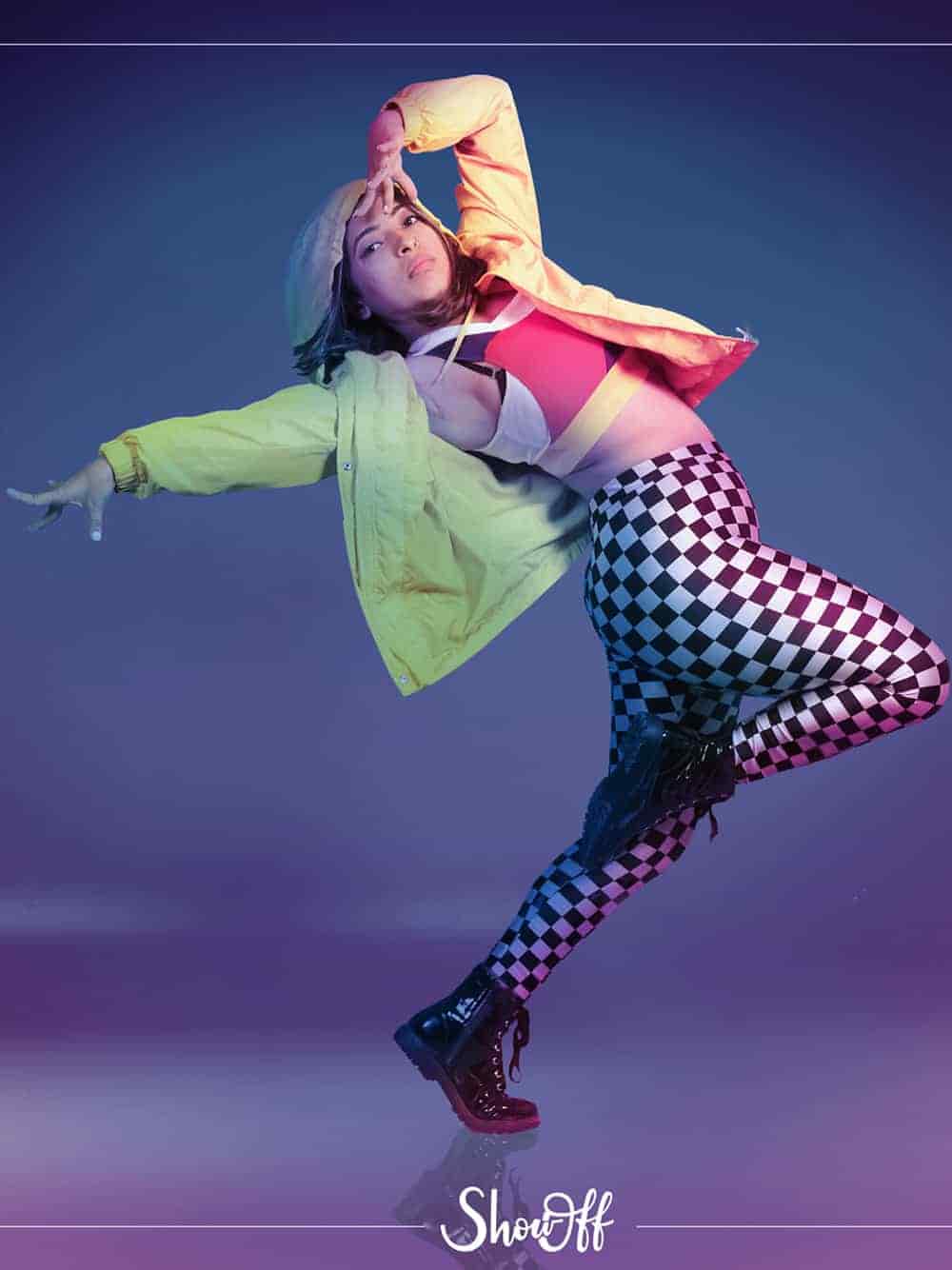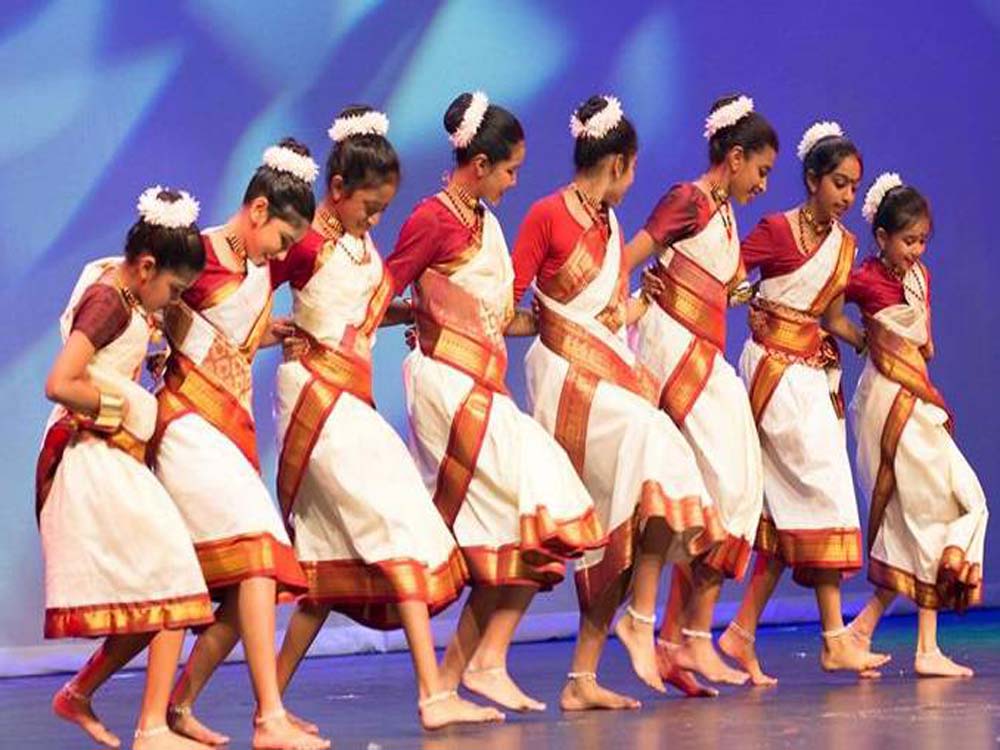
Swing Dance: Meaning, History and 5 Different Types of Swing Dance
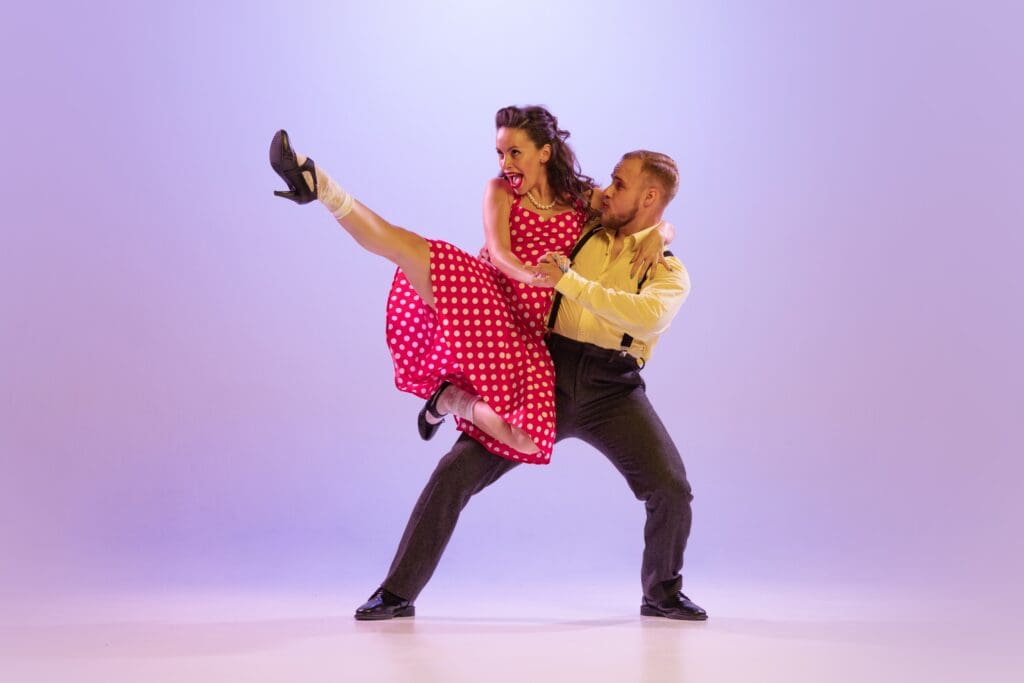
What is Swing Dance?
Swing Dance is a bright and high-energy dance style, enjoyed for its lively movements and joyful spirit. Originating in the United States between the 1920s and 1940s, Swing Dance combines the lively energy of swing jazz with rhythmic movement, offering a range of physical and social benefits. Swing movement, which obtained appeal during the jazz age and continues to be extremely common today. Swing dance is popularly known for its positive rhythms, happy vibes, and brave partner moves. African American communities, particularly in Harlem, New York, where swing dancing initially developed. Developing in the late 1920s, the Lindy Hop was born on the energetic dance floors of the Savoy Ballroom, where rhythm, and innovation came alive.Swing Dance emerged as one of the earliest and most influential styles in the evolution of modern dance. Swing dance is constantly considered the foundation of all swing dance forms. This dance style is enjoyed for its energetic flair, dynamic footwork, breathtaking airborne actions. Along with the swing dance, modern dance also has some positive points.
What is the History of Swing Dance?
The history of dance is an amazing thing that people want to know. Let’s explore the history of swing dance here:
Swing jazz music and dance developed as an energetic cultural expression in the United States during the lively decades of the 1920s and 1930s. This time has been identified as the starting point of the swing dance’s bright and rich history. Among the most enjoyable and influential dance forms to develop in the 20th century. Swing dance started as a cultural expression in African American communities, particularly in Harlem, New York, and quickly spread across the country.
Swing dance had its history in earlier African American Dance styles like tap, jazz, and Charleston. Dancers began developing new actions that suited jazz music as it transformed into swing dance. The final impact was a changing, improvised and bright dance style that recorded the spirit of the history. The Savoy Ballroom in Harlem, which was developed in 1926, was one of the most important events to the development of swing dance. People of all races were encouraged to dance together in one of the first built dance halls in the United States.
During the swing Era between the 1930s and 1940s, swing dance obtained huge popularity together with swing dance. Other dance forms, like Balboa and East Coast Swing, emerged as an outcome of regional preferences and the music which is readily available. Both soldiers and villagers, both in the United States and around the world, danced the swing dance that became a morale-boosting actions during World War II.
5 Types of Swing Dance
These refer to the different kinds of swing dance, each with its own history, style, and rhythm. Starting in the United States in the 1920s and 1940s, swing dance emerged with swing jazz music over that time. Swing dance is bright, rhythmic, and constantly partner-or social-based.
- Lindy Hop
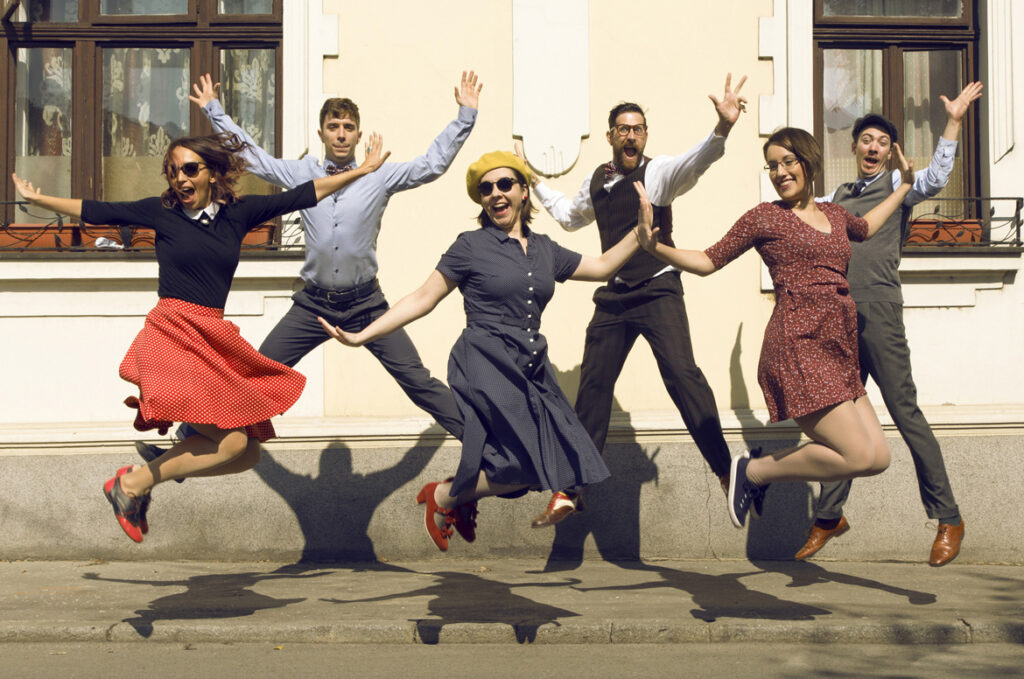
Lindy Hop stands out as an energetic and influential dance form, celebrated for its energy, creativity, and cultural significance. Lindy Hop is famous for its bright energy, playful creativity, and spirited expression of joy. Lindy Hop possessed a foundation in African American culture and started in Harlem, New York, in the 1920s and 1930s. Lindy Hop, an energetic partner dance which is social and performative, was developed in connection with swing jazz music and involves elements of jazz, tap, breakaway and Charleston.
Charles Linderbergh’s popular solo international flight in 1927 has been associated with encouraging the term “Lindy Hop”. According to news reports, a dancer who was asked what he was doing stated, “I’m doing the Lindy Hop,” relating to Linderbergh’s “hop” across the ocean.
- Charleston
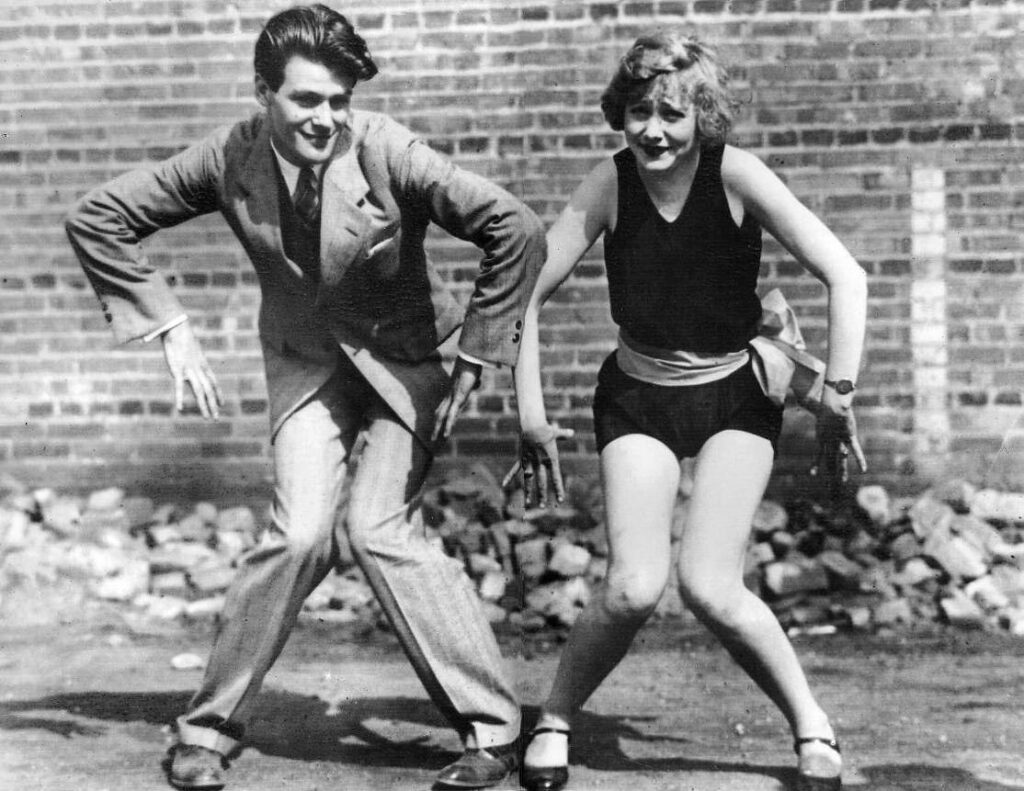
The other important type of swing dance is the Charleston. During the Jazz Age and the Roaring Twenties, the Charleston, an energetic, bright dance, evolved into extremely popular. During an era of cultural and social shifts, the Charleston that is known for its rapid, swinging actions and unique “kicks and twists”, became more than just a dance trend. Combining the rhythms of the past, the pulse of the present, the grace of tradition, and the spark of innovation, these dance styles unite in the universal language of actions to enjoy the rich range of human feelings .
The dance’s earliest beginnings can be discovered in Charleston. Charleston was motivated by previous African dance traditions and started among African-American communities in the southern United States. Charleston first became popular when it appeared in the Broadway show “ Runnin Wild” in 1923, together with the common song.
- Balboa
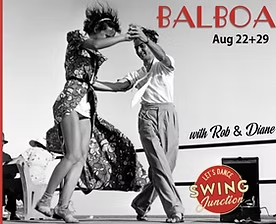
Another unique dance form within swing dance is the elegant and close-knit Balboa. The name balboa originates from the beach community of Balboa Island in Southern California in the 1930s, when the stylish, close-embrace swing dance first showed up. Balboa developed in response to filled ballroom dance floors where large, energetic moves weren’t possible. As a result, Balboa achieved acknowledgement for its elegant actions, smooth style, and tight footwork – all of that were carried out in a tiny frame. Balboa stands out as a sophisticated and unique form within the swing dance family, popular for its gracefulness and complex framework. Balboa emerged as a solution to space obstacles over time when dance floors were constantly stuffed, making it both energetic and practical.
- Jive
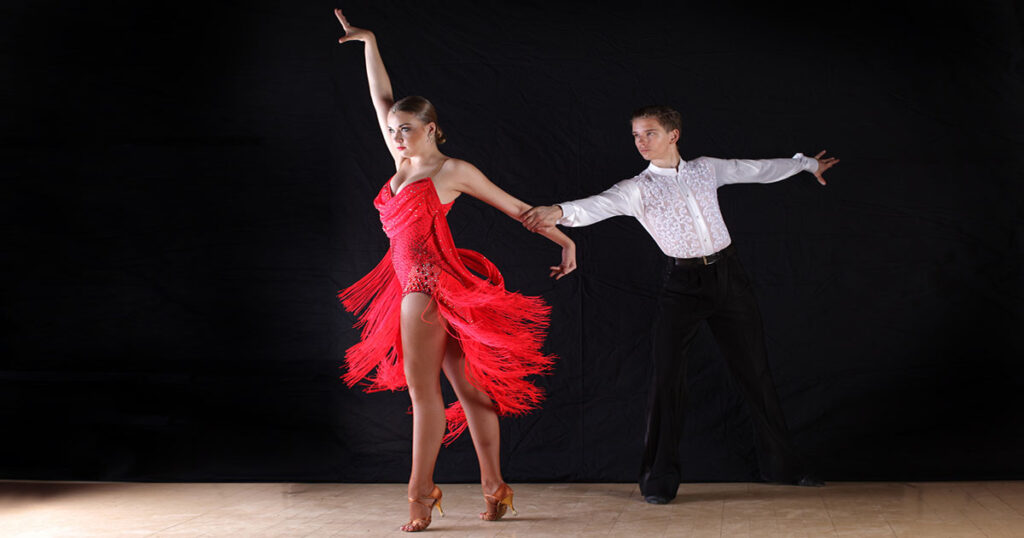
Another energetic branch of swing dance is the vibrant and fast-paced Jive style. During the 1930s and 1940s, the United States gave rise to the energetic and colorful dance forms popularly known as Jive. Jive dance emerged from African-American swing dance styles, especially the Lindy Hop and Jitterbug, and became popular too fast due to its active rhythm and exciting footwork. Along with Cha-Cha, Rumba, Samba, and Paso Doble. Jive is presently one of the five Latin dances which are approved in International Ballroom Dance competitions.
- Boogie Woogie
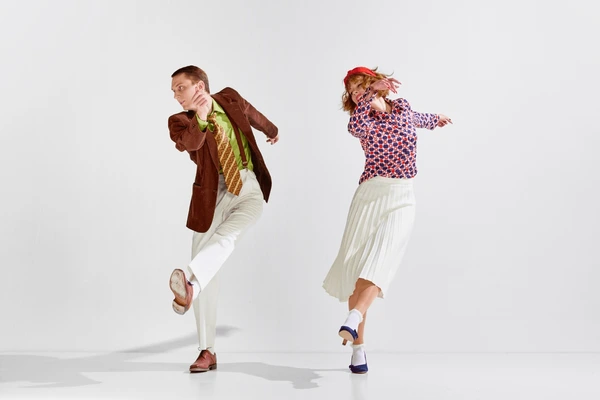
Another widely recognized and vibrant style of swing dance is Boogie Woogie, popular for its energetic footwork and playful rhythm. Rock ‘n’ roll and swing music offered growth to an energetic, joyful partner dance popular for Boogie Woogie. Boogie Woogie, which started in the 1940s and became extremely popular in Europe in the 1950s and beyond, is constantly danced to fast-paced blues music which has a strong rhythm and a repeating bass line.
